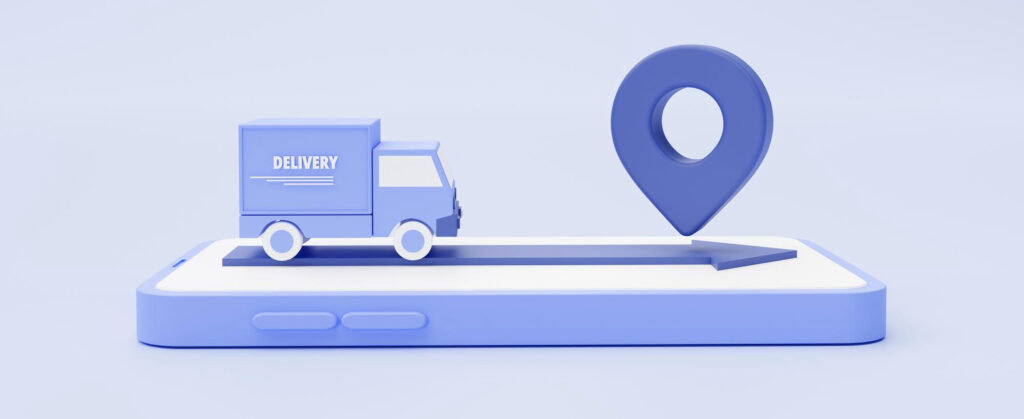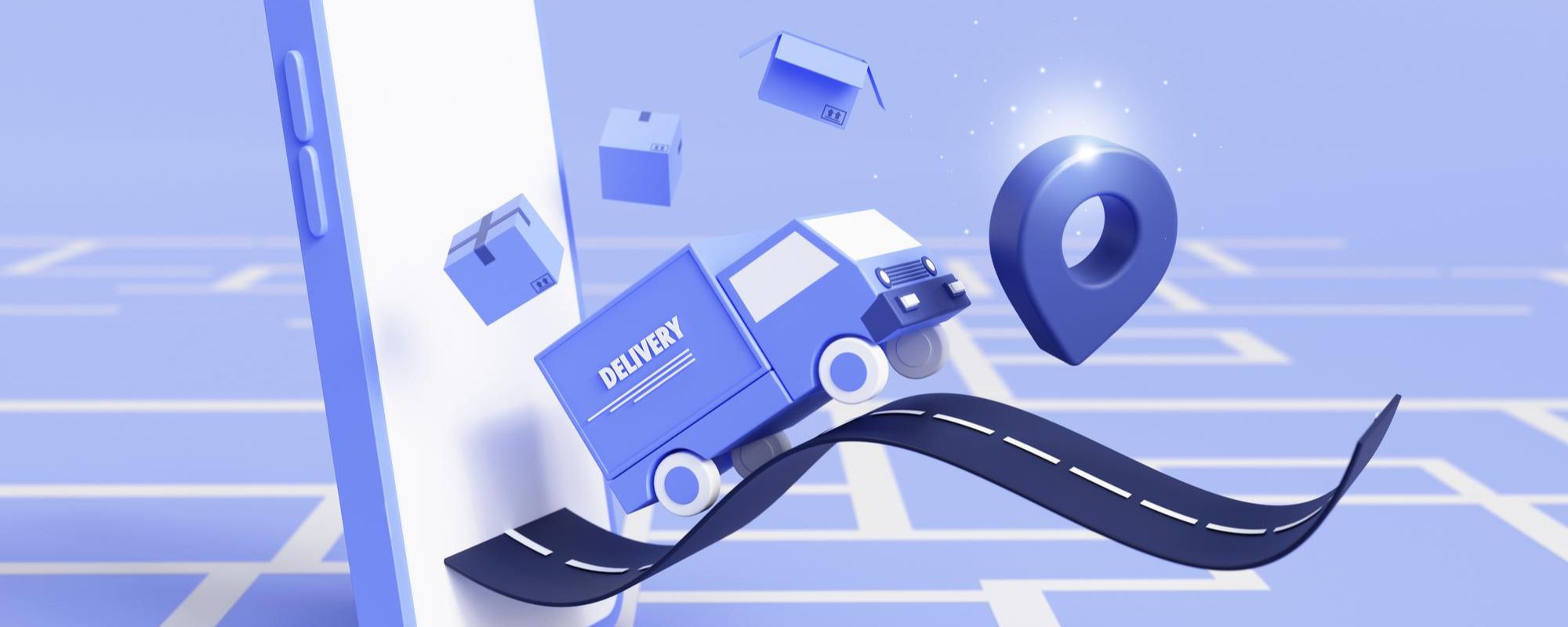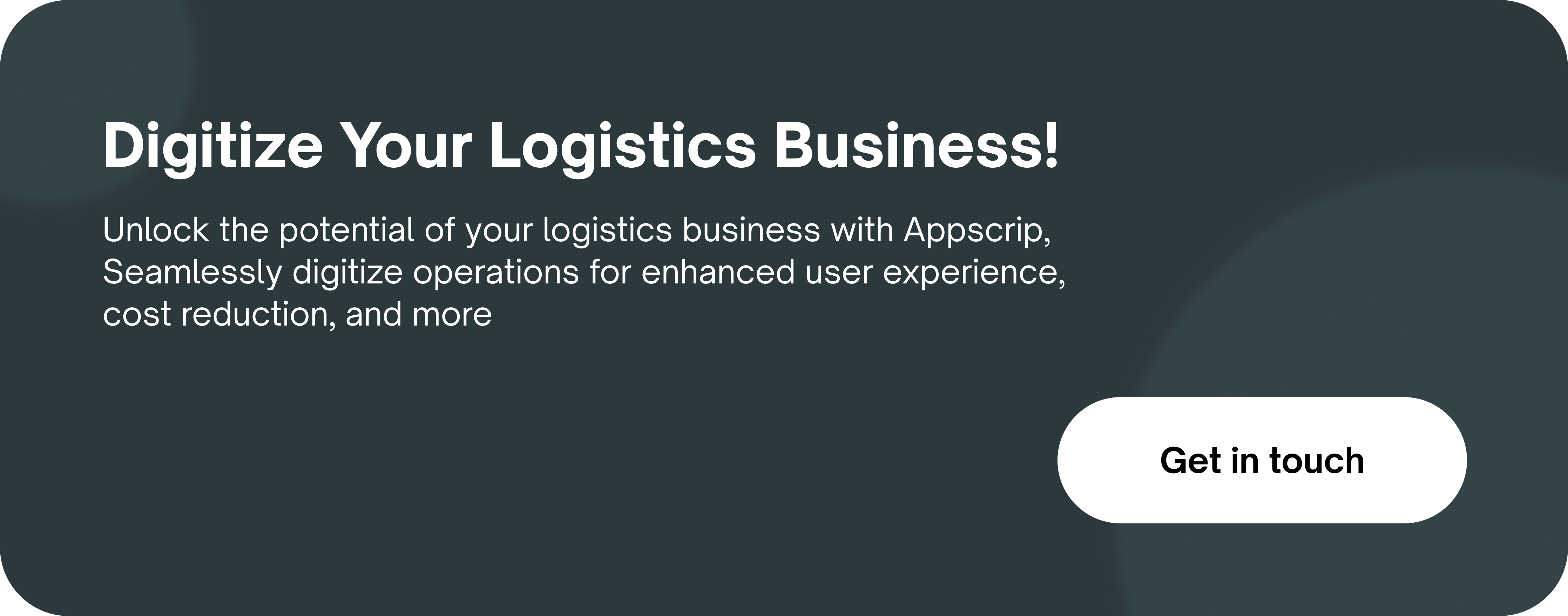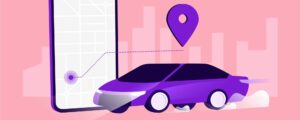In the era of digital transformation, mobile applications have become crucial for businesses across all sectors. Among these, logistics mobile apps have proven to be game-changers, streamlining operations, enhancing productivity, and improving customer experiences. However, developing such applications involve several cost variables.
The cost of developing a logistics mobile app can vary significantly, influenced by a multitude of factors.
This blog aims to provide an in-depth exploration of these factors, from the complexity of features to the choice of platform and geographical location of the development team.
App Purpose and Features of Logistics Mobile Apps
Core Functionalities of Your Logistics Mobile App
- Order Tracking: This feature allows users to monitor the shipment status in real-time, from pick-up to delivery. It enhances transparency and trust between the logistics company and its customers.
- Inventory Management: This function helps users to manage, control, and track their inventory in real-time, reducing the possibilities of overstocking or understocking.
- Route Optimization: By analyzing traffic data and routes, this feature enables drivers to choose the most efficient routes, saving time and fuel.
- Delivery Management: This feature simplifies the process of scheduling, dispatching, and managing deliveries, thereby improving operational efficiency.
- Notification and Alerts: This function allows users to receive updates about shipment status, delivery updates, and other significant alerts.

The Impact of Features on Development Costs
The more complex a feature is, the more it will cost to develop and implement. For example, real-time tracking and route optimization require the integration of advanced technologies like GPS and AI, which can increase development costs.
Similarly, creating a robust and user-friendly inventory management system may require more resources, thus raising the cost. However, these features can significantly enhance the app’s efficiency and user experience, leading to higher user retention and ROI.
Therefore, while considering the cost, it’s essential to factor in the long-term benefits these features will entail.
Platform Selection while Developing Logistics Mobile Apps
Choosing Between iOS, Android, or Cross-Platform Development
While deciding between iOS, Android, or cross-platform development for a logistics mobile app, there are several factors to take into consideration.
iOS apps are known for their high-quality, security, and enhanced customer experience. They are ideal for targeting a premium audience and can generate higher revenue due to the purchasing power of Apple users.
Android apps, on the other hand, have a broader global reach due to the widespread use of Android devices. They are a great choice for targeting a diverse audience. Android offers flexibility and is open to customization, which can be beneficial for logistics app development.
Cross-platform development allows the simultaneous building of apps for both iOS and Android. With tools like React Native, Xamarin, and Flutter, developers can reuse code across platforms, saving time and resources. This approach is advantageous if you want to reach a larger audience and reduce development time.
Development and Maintenance Costs Associated with Each Platform
The development cost for iOS and Android apps can be high because they require specialized skills for each platform and separate development processes. Maintenance costs can also be high due to the need for regular updates and bug fixes.
With cross-platform development, the development and maintenance costs can be lower. You only need one team of developers, and the ability to share code across platforms can significantly reduce development time and cost. However, cross-platform apps may require more resources for optimization and may not offer the same level of performance or user experience as native apps.
App Design and User Experience
The Significance of User-friendly and Intuitive Design
User-friendly and intuitive design is crucial for any mobile app, especially in logistics. An efficient design aids in easy navigation, reducing the learning curve for users. Users can quickly understand how to operate the app, saving valuable time and reducing frustration. Moreover, it can also improve accuracy by minimizing user errors that can occur from a complicated interface.
Hiring Designers vs. Using Templates
When it comes to creating a design, businesses often ponder between hiring designers or using templates. Hiring designers might be costlier, but it provides a unique and tailored experience that aligns with your brand identity. They can also craft designs that cater specifically to your user base’s needs, resulting in a better UX.
On the other hand, templates are less expensive and quicker to implement. However, they are not unique and may not perfectly fit your brand or user needs. Also, adjusting them can be difficult and time-consuming, which could result in a less optimal UX.

Development Process of Logistics Mobile Apps
Agile vs. Waterfall Development Methodologies
Agile and Waterfall are two principal methodologies employed in the development of logistics mobile apps. Agile methodology emphasizes flexibility and customer feedback, allowing developers to adapt to changes swiftly. It breaks down the project into small increments called “sprints,” making it easier to manage and adapt to unexpected changes.
On the other hand, Waterfall methodology follows a linear, sequential approach, where each phase must be completed before moving on to the next. It presents a clear vision from the start but lacks flexibility for changes during the process. This method is suitable for projects with well-defined requirements.
Iterative Development and its Impact on Costs
Iterative development is a software development process that involves repetitive cycles of development stages. It involves developing a system through repeated cycles and in smaller portions at a time. This approach allows teams to learn from the mistakes of the past iterations and make necessary adjustments in the next cycle.
The cost impact of the iterative approach is quite significant. As this methodology allows for regular feedback and changes, it tends to reduce the risk of significant errors at a later stage in the development process that could potentially drive up costs. The ability to make adjustments early on in the process reduces the likelihood of expensive overhauls later, thus saving costs in the long run.
Backend Development Process
Developing a Robust Backend Infrastructure
A robust backend infrastructure for a logistics mobile app ensures the app functions seamlessly, even under high load. It involves designing scalable databases to handle large amounts of data, creating secure and efficient APIs for data exchange, and implementing secure authentication protocols. The infrastructure should be designed to handle any potential failures gracefully, providing users with a consistent and reliable service.
The backend processes requests such as tracking shipments, scheduling deliveries, and managing inventories. An efficient backend can handle high volumes of these requests simultaneously, ensuring the app runs seamlessly even under heavy load.
Integrating with Third-Party APIs and Services
Integration with third-party APIs and services is a crucial part of logistics app development. These integrations can provide real-time tracking information, connect with shipping carriers, offer payment gateways, and more. APIs like Google Maps for tracking, Stripe for payments, or FedEx and UPS for shipping services significantly enhance the app’s functionality. It involves understanding and implementing the API’s endpoints and data structures, and ensuring secure and efficient communication between the app and the third-party service.
Testing and Quality Assurance
The Importance of Rigorous Testing
With logistics apps, even a minor bug can cause a significant operational hiccup, leading to delayed deliveries, wrong shipments, or even loss of goods. Rigorous testing helps uncover potential issues before they impact the actual operations, ensuring the app performs optimally under all scenarios. It enhances the app’s reliability, usability, and efficiency, ultimately optimizing the entire logistics process.
Types of Testing
- Unit Testing: It tests individual components or functionalities of the app in isolation. This helps in identifying and fixing issues at the granular level.
- Integration Testing: This tests how different components or modules of the app work together. It validates the smooth interaction between various parts of the app.
- User Acceptance Testing (UAT): Here, the app is tested in a real-world scenario by the actual end-users. UAT ensures the app meets its intended purpose and provides a satisfactory user experience.
- Performance Testing: This testing is done to check the app’s performance under different loads and stress conditions. It ensures the app can handle high volumes of transactions and users without compromising on speed or functionality.
Maintenance and Updates
Ongoing Support and Maintenance Requirements
The development of a logistics mobile app does not end with its launch. It needs constant support and maintenance to ensure it performs optimally. This includes server maintenance to handle data transactions smoothly, security updates to protect the app and user data from potential threats, and performance enhancements to make sure the app functions efficiently.
Responding to User Feedback and Bug Fixes
User feedback is a valuable resource in maintaining and updating a logistics mobile app. It provides insights on features users find useful, what needs improvement, and what possible bugs are there in the system. Developers must quickly respond to these feedbacks and fix identified bugs to ensure the app’s reliability.
Marketing and User Acquisition of Logistics Mobile App
Digital channels like blogs and email marketing can be used to generate leads and foster client relationships. Blogs can provide useful content to users, thereby establishing your app’s credibility, while email marketing helps to maintain open lines of communication with your users.
Strategies for Promoting Your Logistics App
- App Store Optimization (ASO): This involves optimizing your app’s title, description, and keywords to improve its visibility in app stores.
- User Reviews: Encourage users to leave reviews. Positive reviews can improve your app’s ranking and attract more users.
- Social Media Promotion: Utilise platforms like Facebook, Twitter, and LinkedIn to reach a wider audience. Regular updates, promotional posts, and user engagement can boost your app’s visibility.
- Paid Advertisements: Consider investing in paid ads on platforms like Google AdWords and Facebook Ads to target potential users.
- Partnerships: Collaborate with other businesses or influencers in the logistics industry to promote your app.
Conclusion
A multitude of factors play a significant role in determining the final cost of developing a logistics mobile app. While these factors can seem daunting, it’s crucial to remember that a well-crafted, user-friendly app can significantly enhance your logistics operations and provide a high return on investment (ROI).
With technical expertise, industry experience, and a commitment to delivering quality, Appscrip can help transform your logistics operations by developing an app that meets your unique requirements and fits your budget. Contact Appscrip today and empower your business with the right mobile app solution.











